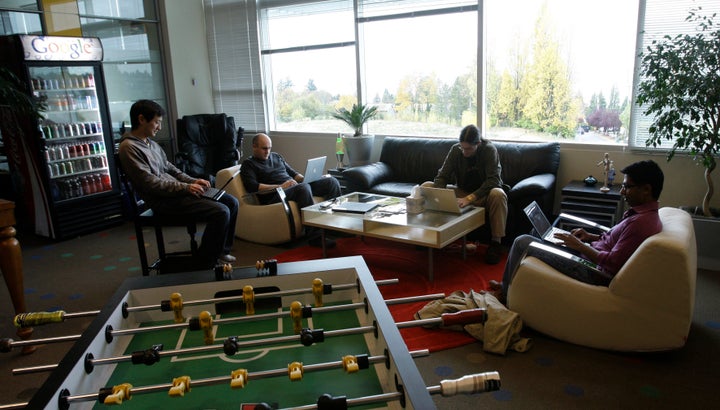
As chronicled in my book Raising Eyebrows, A Failed Entrepreneur Finally Gets It Right, from the beginning of Tweezerman, the company that became my big success, I was empowering my employees.
My story included me being exploited by powerful men whose orbit I had fallen into. Rather than copying their behavior, I promised myself that I would do the opposite when I had employees. I'd empower rather than exploit them. Many employers underpay and/or overwork their employees and feel proud of how they can help increase the profits for themselves and other shareholders. I saw this as short-term gains at the expense of long-term rewards. I also saw my employees as more important than even the product I was selling.
Initially my big delivery to employees at Tweezerman was health and job security. As soon as we had three employees, the number then required to get company health insurance, we got it. I instituted a policy where the last thing we did was fire someone. And no one person, including me, could fire a person without another employee of the company agreeing. You had to be drunk or drugged on the job, not show up, or get caught stealing to get fired. As we grew and more jobs were created, if you couldn't make it in your job we'd find another job for you to try. We had one woman whom we cycled through five jobs before discovering she was great at handling returns. Once in a while we rued this policy of not getting rid of incompetent employees quickly and directly, but generally the sense of job security for everyone was worth the occasional deadwood.
One way companies exploit their employees is to pay them a salary and set an expectation that you have to work more than 40 hours a week to advance. With Tweezerman during the initial years I paid people by the hour. If you worked 45 hours you got paid for 45 hours. Eventually as we got big and top-level employees with bigger compensation arrived we did paid them salaries. However the laborers stayed on the hourly rate to ensure they were fairly compensated for the work they were doing.
"Take care of your employees and they will take care of you" was one of my mantras. Caring about and for your employees is a necessary foundation for empowering them. Many employees have stressful home lives. It makes an enormous difference to their productivity if work is actually a haven away from their problems at home.
What really has to happen for employees to be empowered is they need to be involved, given responsibility, and pushed to grow in their job. My sister Teri who worked with me for years used to say, "Dal sees in people what they themselves don't see." In other words I would throw people into a job that they might not feel qualified for. Usually I was right and they thrived and did a great job. When we hired people during the interview I'd find out what would be their dream job. If a job opened up that fit closer to their dream job I would offer it to them. We established a steering committee of the all the department heads and met twice a month. The committee was always comprised of an odd number of people so we were always able to make decisions.
I considered them my partners and made that their reality. 5% of our profits were distributed to all employees, excluding me, in January after each year. We had a formula that was considered fair. The theory was what you earned working for the company is a fair measure of your worth to it. Each employee got a percentage of the total profits pool that was equal to what percentage their earnings were of all employee earnings. From day one I designed the capital structure of Tweezerman to reserve 20 percent of the stock to be owned by my employees. Half of that went to the top managers and the other half (10 percent of the stock) went into an ESOP (Employee Stock Ownership Plan) that involved all the other employees.
As partial owners of the company I thought it critical that they understand how the numbers worked. I conducted company-wide meetings where I'd explain the profit and loss statement and our budgeting process. We also ran Quaker style meetings where everyone sat in a circle facing each other and anyone could take the floor and make a comment, deliver a complaint or compliment, or ask a question.
I was very grateful my employees showed up for work every day and did things I didn't want to do. The way Tweezerman grew to a much bigger size than I was ever interested in being responsible for was because I delegated every operational job to someone else -- including President of the company. Probably a little sooner than she herself thought feasible I made one of my first employees, Lisa Bowen, President of Tweezerman.
Because I had empowered my employees from the outset, twenty-five years later I owned a company that was dramatically bigger than I ever desired or dreamed. I sold it for much more money than I ever thought possible. My employees shared millions of dollars in capital gains and kept their jobs when I sold the company to the Zwilling J.A. Henckels AG in 2004. I continue to stay in touch with many of my employees and have close relationships with many of them to this day.
For even more stories, like how we didn't lay anyone off after 9/11 and how that turned out, and more details about best practices of employee empowerment read my book Raising Eyebrows.